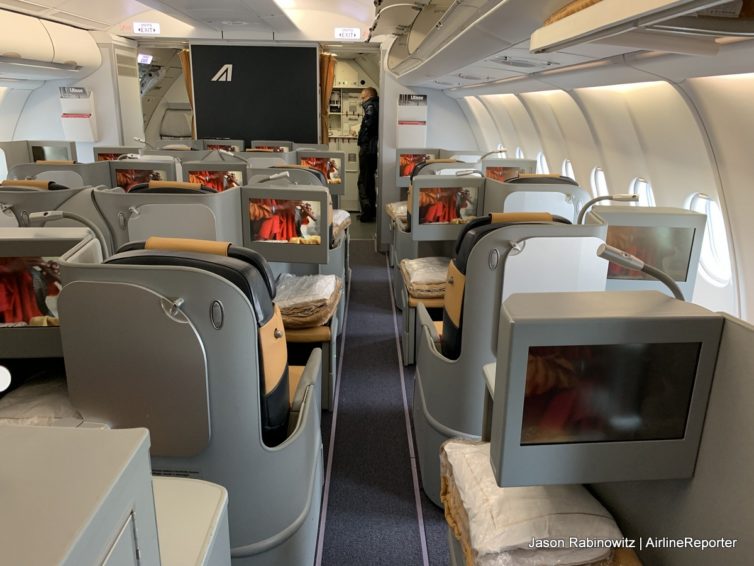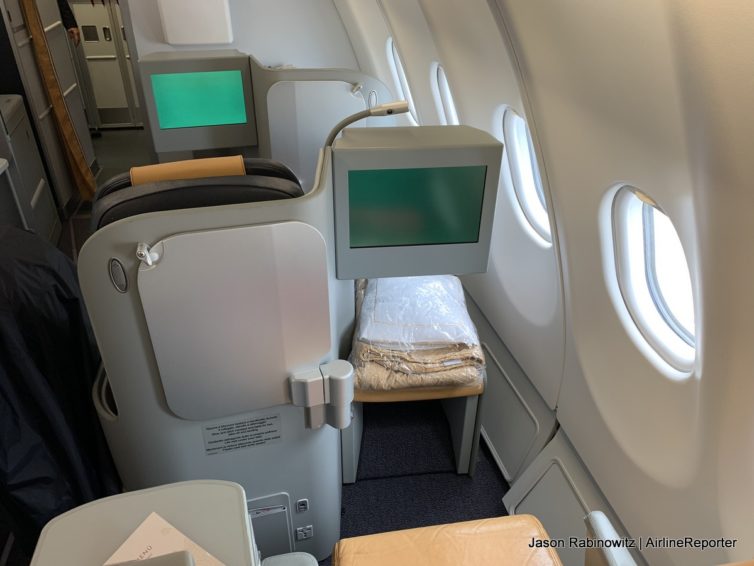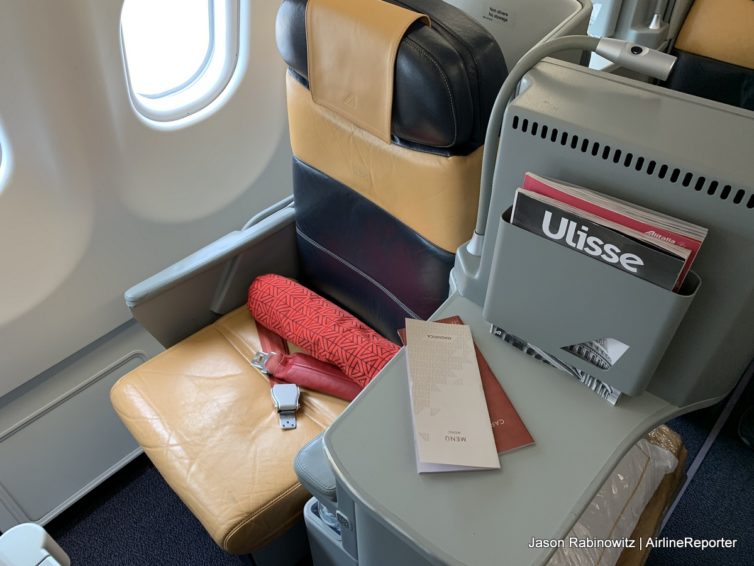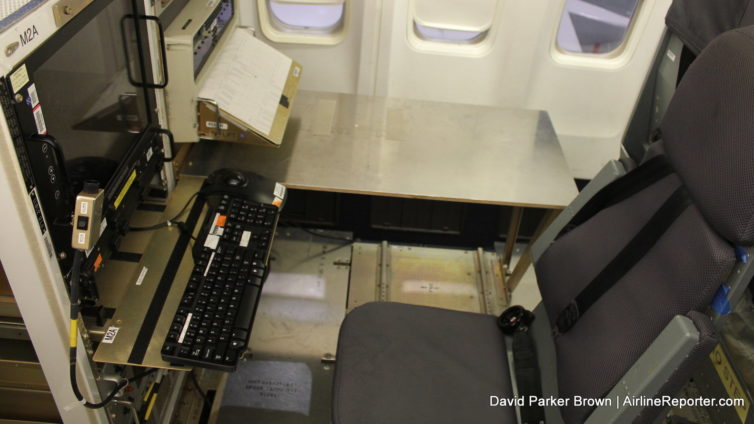
I am now emotionally ready to try this again — we are going to be moving AirlineReporter to new servers. Last time, things didn’t go so well (I think I used “dumpster fire” to describe it), and hoping that things go better this time.
This means the site might be down here and there and I am not going to be posting any new content until we are all good to go!
Fingers crossed…
UPDATE: That was a long down time, my apologies. The server change actually went pretty smoothly, but just took time. Then life got super busy meaning I got behind in the parts I needed to do. Anyhow, we are back in action and new content coming at you starting Monday the 24th!

The ORY airport fire department during a training exercise
Behind-the-scenes airport operations tours are almost always amazing experiences, but Paris Orly Airport (ORY) seems to have set the bar for me with this one. Orly is the second-busiest airport in Paris (after Charles de Gaulle Airport), the 11th-busiest in Europe, and is located about eight miles south of Paris.
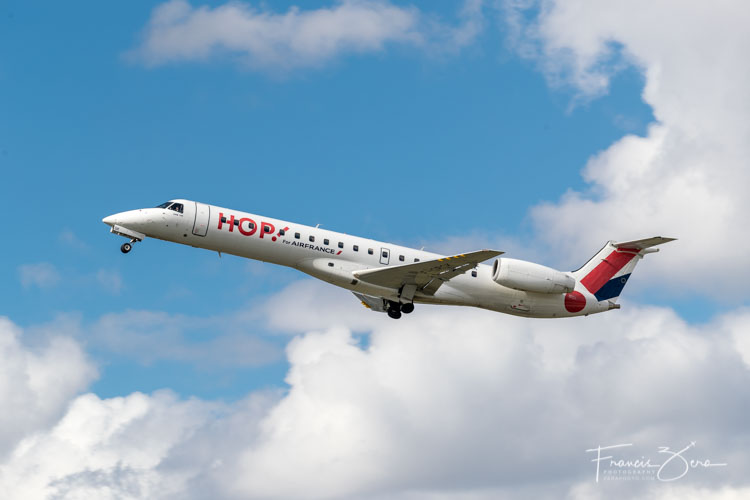
An Air France Hop commuter flight departing ORY
It’s a proper international airport and the busiest domestic airport in France. It serves 143 cities, saw a total of 33,120,685 passengers in 2018, and its three runways had 229,654 aircraft movements in 2013, which is the most recent year for which records are available.
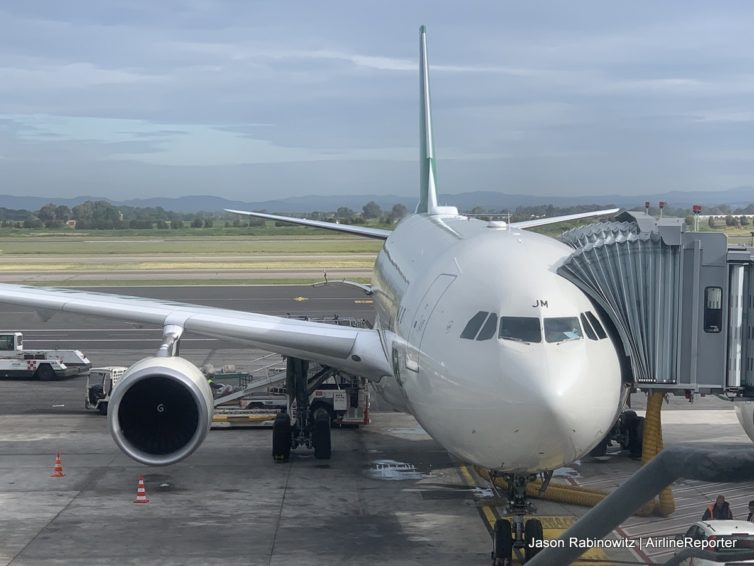
An Alitalia Airbus A330-200. Delish!
Alitalia is one of those airlines that I have always watched closely but have never had the chance to fly. While its business matters are complicated and ever evolving, Alitalia continues to run a solid operation with a highly regarded business class product and service standard. I was happy to join the airline for a flight in Magnifica Class on its newly added Dulles to Rome route, one of a small handful of new routes Alitalia has added to its map this year.
Alitalia does not have its own lounge at Dulles and instead leans on Skyteam partner Air France, but that lounge is currently under renovation so Magnifica passengers have access to the nearby Turkish Airlines lounge in the meantime. After a few lounge drinks it was time to board EI-EJL, an Airbus A330-200. Alitalia’s longhaul fleet is made up of 14 Airbus A330-200s, 11 Boeing 777-200s, and one single Boeing 777-300ER. Why does its fleet contain a single 777-300ER? Well, nobody really knows, actually.
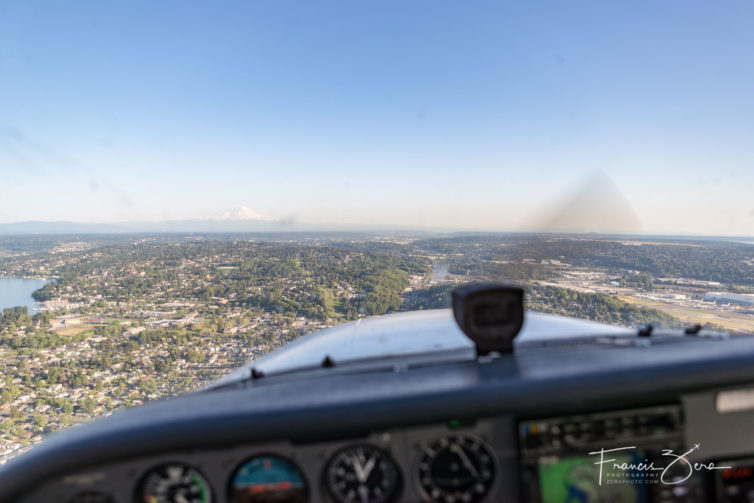
In the traffic pattern at Boeing Field. The view doesn’t suck – that’s Mount Rainier on the horizon, and the airfield is on the lower-right side of the image.
This is a continuation of my multi-part series on learning to fly. You can read the whole Fly With Francis series here.
After six weeks, which went past in a seeming eyeblink, I’ve completed ground school. Drinking from a fire hose is an appropriate analogy. Still, I passed all three written stage tests, and just passed the written comprehensive finals, which consisted of two separate tests over two class sessions. Next up will be scheduling and taking the proper FAA written exam before all this hard-earned info leaks out of my brain.
I’ve also been flying quite a lot with my CFI (aka my instructor) – two or three hours a week on average. I’m learning new skills like crazy, but am also burning through money like a Silicon Valley startup. In contrast with most of my stories, I don’t have very many photos to share for this series, not at least so far. Learning how to fly is hard, and if I’m on the controls the whole flight, there’s no time for taking photos. I’m considering finding a way to mount a GoPro either inside or outside the plane so there’s at least some video to share.
Anyway, we started doing pattern work a week or so ago; that means pretty much flying in the airport’s prescribed traffic pattern, doing a touch-and-go, then re-entering the pattern. Lather, rinse, repeat. At Boeing Field (BFI), you can get about six laps around the pattern into a one-hour lesson.
The first time we did this, it was utterly demoralizing. I’m flying a plane, which is amazing and fun, but landing is *hard*. Especially when dealing with BFI’s notoriously squirrelly crosswinds.
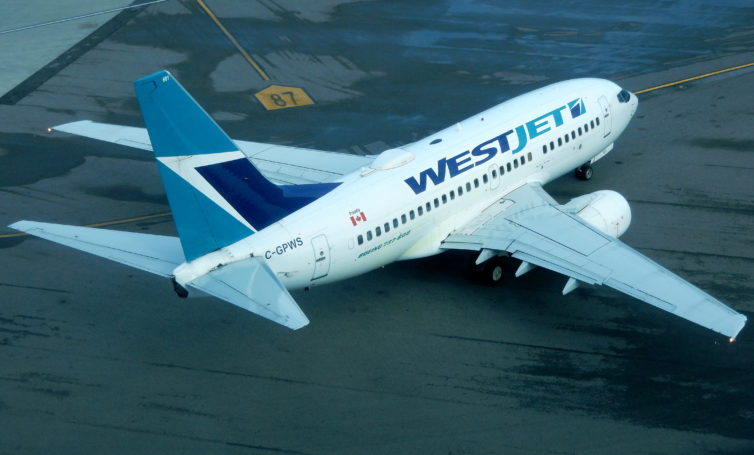
In the midst of a major expansion, WestJet looks to grow its partnership with Delta Air Lines – Photo: John Jamieson
On December 6th, 2017, WestJet and Delta announced they would be expanding their partnership into a cross-border joint venture. The agreement, which should be finalized later this year, signifies WestJet’s arrival on the global stage. Once a Southwest lookalike, WestJet has become a hybrid carrier capable of challenging Air Canada.
Their success may have come at a price. Over the past few years, WestJet increased their operational costs and complexity in pursuing Air Canada. On the heels of their first quarterly loss in 13 years, WestJet is hoping 2019 brings clearer skies. However, with complicated labor contracts to sort out, the airline seems to be heading for more turbulence. Their joint venture with Delta could be the key to regaining some lost momentum.
Before I delve into the complexities of the airlines’ joint venture, it’s worth understanding how far WestJet has come in its 22 years.




